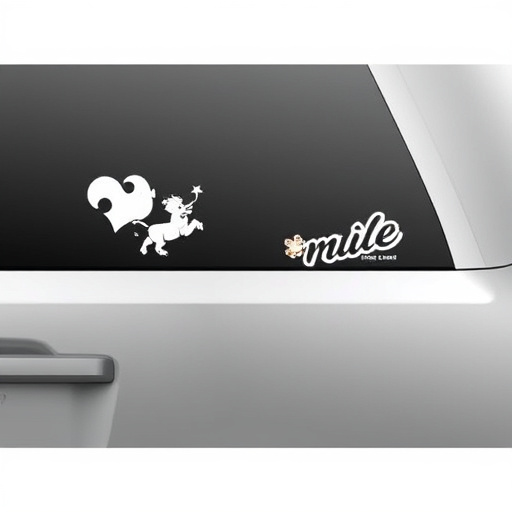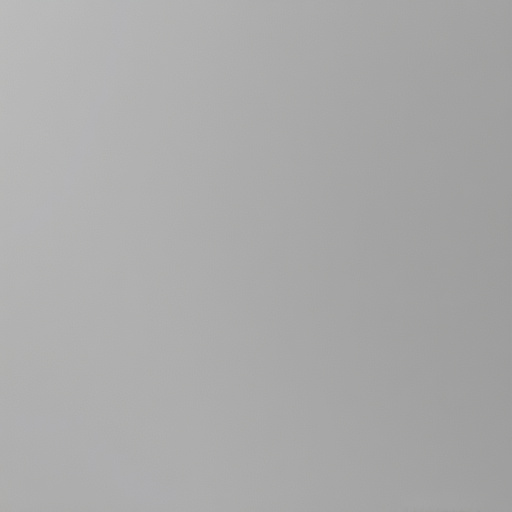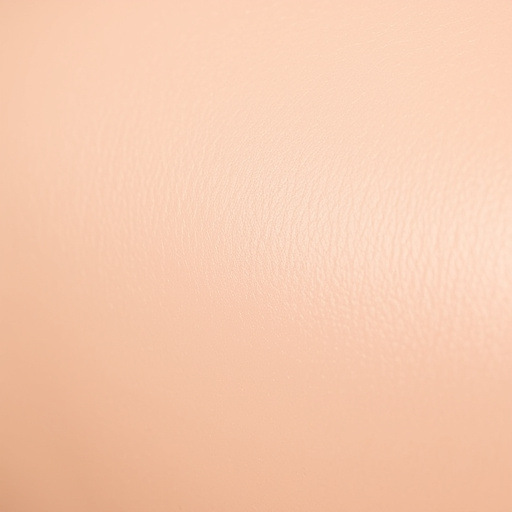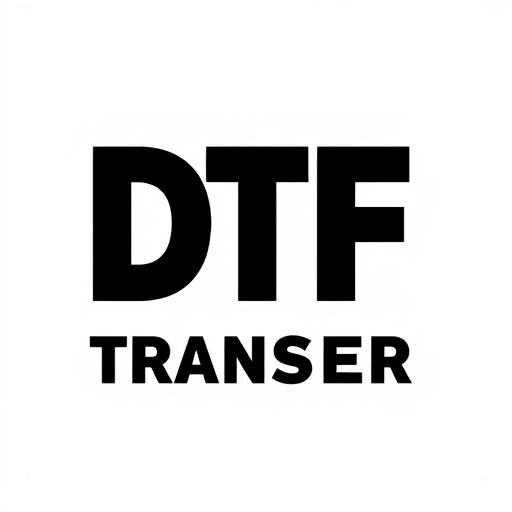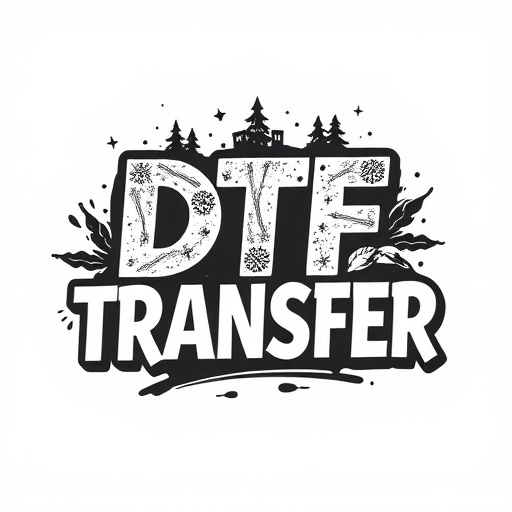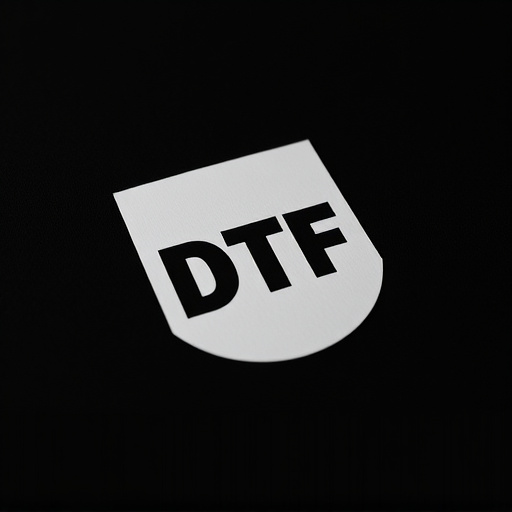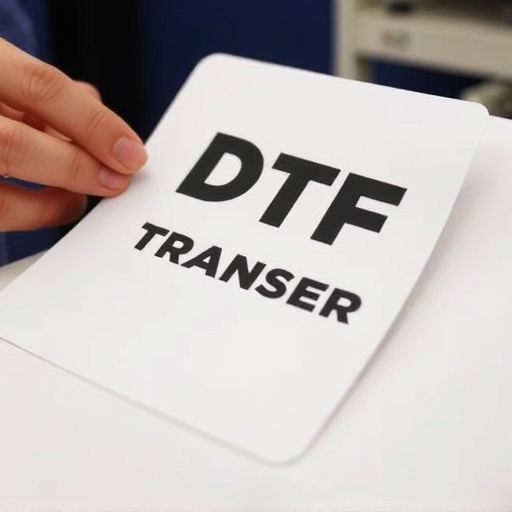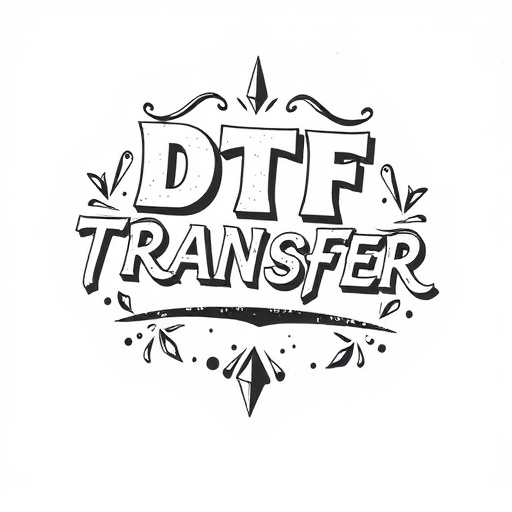The DTF (Direct to Film) transfer process revolutionizes art preservation and sharing by converting digital illustrations into high-quality film transfers. Ideal for artists, collectors, and conservators, DTF captures intricate details, vibrant colors, and sharp lines. Key considerations include selecting designs with high contrast and complex tones, optimizing file formats and resolutions, and skilled post-processing for accurate color representation. DTF offers versatile applications, from archives to wearable art, preserving delicate originals while enhancing accessibility through exhibitions and digital platforms.
Discover the captivating art of transforming detailed illustrations and designs into stunning film transfers with DTF (Direct to Film) Transfer. This process, a game-changer in visual storytelling, allows artists and creators to immortalize their work on film, offering a unique aesthetic that resonates through every grain. From understanding the DTF process to choosing the perfect design, preparing files, capturing detail, and digital enhancement, this guide explores the entire journey of crafting remarkable DTF transfers.
- Understanding DTF Transfer: A Process Overview
- Choosing the Right Illustration or Design
- Preparing Files for Film Transfer
- The Art of Capturing Detail on Film
- Post-Processing and Digital Enhancement
- Applications and Benefits of DTF Transfers
Understanding DTF Transfer: A Process Overview
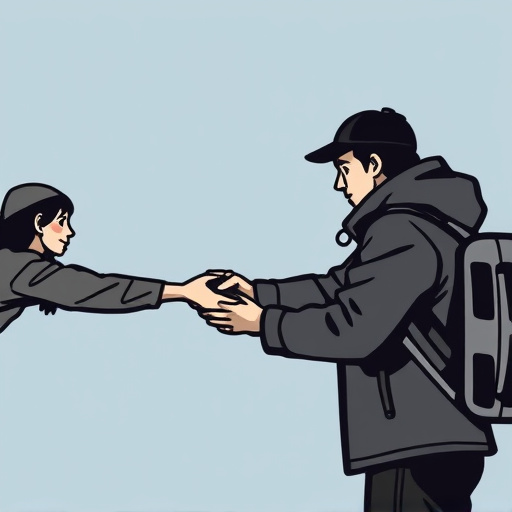
The DTF (Direct to Film) transfer process is a cutting-edge technique that revolutionizes the way we preserve and share visual art. It involves using advanced technology to create high-quality film transfers from detailed illustrations and designs, offering an unparalleled level of accuracy and authenticity. This method captures every stroke, shade, and texture of the original artwork, transforming it into a tangible, lasting medium.
In the DTF process, digital images are meticulously converted into a film negative, enabling the reproduction of the original art on various materials. The technology ensures that colors remain vibrant, lines sharp, and intricate details preserved, making it an ideal solution for artists, collectors, and conservationists. By harnessing this innovative approach, individuals can safeguard their creative works, ensuring they are accessible and appreciated for generations to come.
Choosing the Right Illustration or Design

When transforming detailed illustrations and designs into film transfers, selecting the right artwork is paramount. The choice should not only align with the desired aesthetic but also consider the technical aspects of the DTF (Direct to Film) transfer process. High-contrast lines and intricate details are generally ideal for showcasing the resolution and clarity achievable in this technique. Black and white or stark color palettes can highlight textures and lines, making them perfect candidates for DTF transfers.
Ensure the design is free from distracting flaws like blurred areas or uneven lines, as these might be amplified during the transfer process. Complex compositions with varied tones and shadows can also test the capabilities of a DTF transfer, offering opportunities to showcase the versatility of this technology. Ultimately, the right illustration or design will result in a captivating visual experience that does justice to the original artwork while highlighting the unique beauty of film transfers.
Preparing Files for Film Transfer
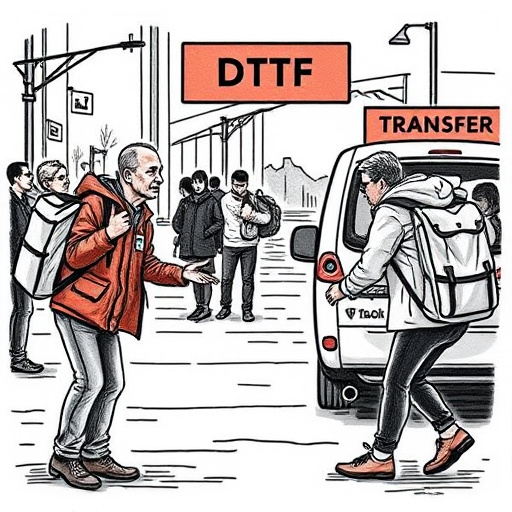
Preparing digital illustrations and designs for a DTF (Digital-to-Film) transfer is a crucial step in bringing your visual creations to life on film. The process begins with ensuring that your files are optimized for print. This involves adjusting resolution, color profiles, and file format to meet the requirements of the film transfer service. A high-resolution image, typically 300 dpi or higher, is essential to capture intricate details and textures accurately.
Additionally, choosing the right color space (like sRGB or CMYK) and saving your files in a compatible format (such as TIFF or PNG) will guarantee that the colors and shades translate faithfully onto the film. It’s important to remove any unnecessary elements, like transparent backgrounds or excessive filters, which can complicate the transfer process. By preparing your files meticulously, you set the stage for an exceptional DTF transfer, enabling your artistic vision to shine through on the cinematic medium.
The Art of Capturing Detail on Film
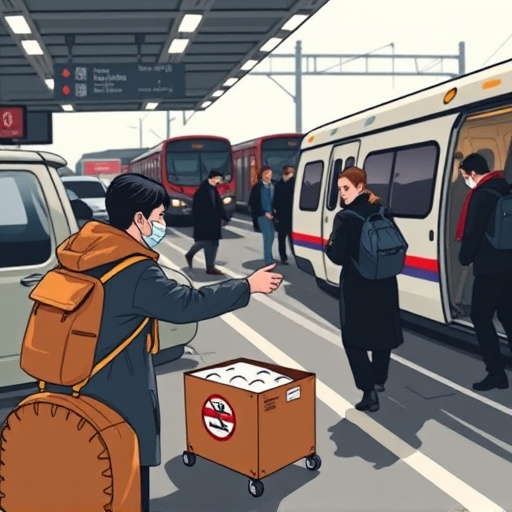
In the world of visual storytelling, the transition from detailed illustrations and designs to film transfers is a captivating art form. This process, often referred to as DTF (Direct to Film) Transfer, involves meticulously capturing every intricate element of the original artwork, be it vibrant colors, subtle gradients, or complex textures. The challenge lies in translating these digital masterpieces into a physical medium, ensuring the essence of the illustration remains intact.
Skilled artisans employ advanced techniques to achieve this transformation. They start by digitizing the illustrations, scanning them at high resolutions to capture every detail. Next, specialized software enhances and adjusts the images, preparing them for printing on film. The film, a sensitive medium, records these digital patterns, creating a unique visual experience. Through precise exposure and development, the film becomes a canvas that mirrors the original design, offering a tangible representation of the artist’s vision.
Post-Processing and Digital Enhancement

After an illustration or design has been transformed into a film transfer (DTF), post-processing plays a vital role in enhancing the visual quality and bringing out the details. This step involves various techniques to refine the image, ensuring it translates accurately from the original art. Skilled technicians use software tools to adjust color balance, contrast, and sharpness, allowing for a more vibrant and precise representation. Fine-tuning these elements is crucial to maintaining the integrity of the original design while also optimizing it for screen display or printing purposes.
Digital enhancement further refines the DTF transfer by offering advanced options. Techniques like noise reduction, edge sharpening, and image stabilization help improve the overall clarity and aesthetics. These processes ensure that any textures, patterns, or fine lines in the illustration are accurately captured, making the final output more visually appealing and true to the original concept.
Applications and Benefits of DTF Transfers

Detailed illustrations and designs, when transformed into film transfers using Direct-to-Film (DTF) technology, open up a world of applications and benefits. These transfers offer a unique and artistic way to preserve and present visual content, especially for archives, museums, and individual collectors. DTF Transfers provide an authentic look and feel, capturing the intricate details and textures of original illustrations with remarkable precision.
One of the key advantages is their versatility. They can be applied to various surfaces, from traditional paper to modern plastics and fabrics, allowing for the creation of limited-edition prints, art installations, and even wearable items. DTF Transfers also enhance accessibility, enabling users to digitize and share historical or rare artwork without losing quality. This process ensures that delicate original pieces are preserved while making them available for a broader audience through exhibitions, publications, or online platforms.


